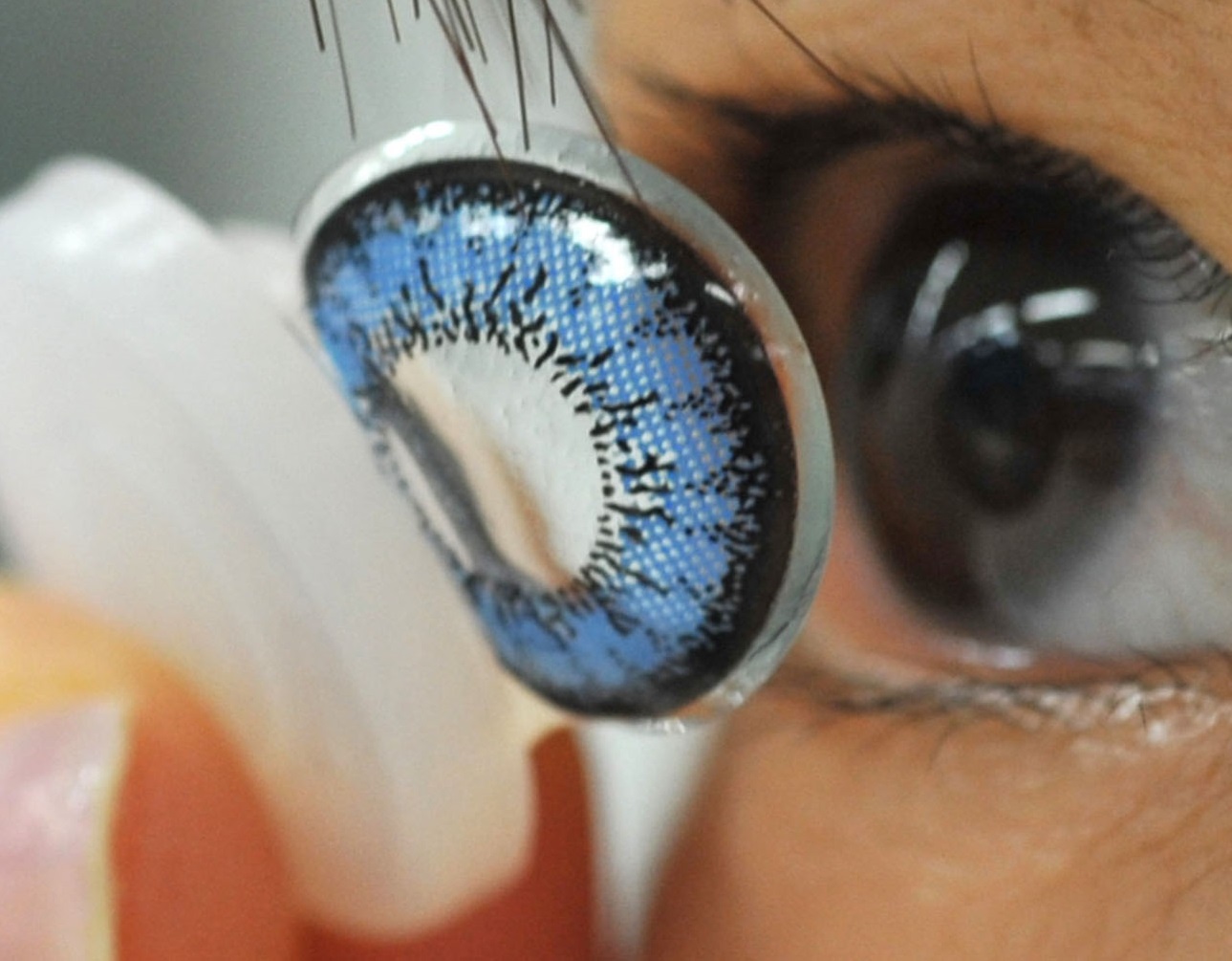This article aims to provide an in-depth analysis of this incident, addressing key issues such as what is pseudomonas aeruginosa infection, how common Pseudomonas aeruginosa is, how it spreads, how Pseudomonas aeruginosa infections are treated.
Recently, the U.S. Food and Drug Administration (FDA) issued a warning regarding the potential contamination of Ezricare artificial tears by Pseudomonas aeruginosa, a common yet potentially harmful bacterium. This Pseudomonas aeruginosa infection is a grave concern, given the bacterium’s capacity to spread through direct contact and contaminated surfaces, thereby raising several questions about the use and safety of artificial tears.
Table of contents
- What Are Artificial Tears?
- Artificial Tears vs Eye Drops: Understanding the Difference
- What Is Pseudomonas Aeruginosa Infection
- How Common Is Pseudomonas Aeruginosa
- How Does Pseudomonas Aeruginosa Spread
- How Is Pseudomonas Aeruginosa Treated
- The Impact of the Recent Artificial Tears Pollution in the US
- Recommendations and Safety Precautions for Consumers
Estimated reading time: 4 minutes
What Are Artificial Tears?
Artificial tears are lubricating eye drops used to relieve dryness and irritation in the eyes. They mimic natural tears and help maintain moisture on the eye’s surface, providing comfort and clear vision.
Artificial tears are essential for those suffering from dry eye syndrome, a condition caused by insufficient tear production or quick tear evaporation.
Artificial Tears vs Eye Drops: Understanding the Difference
Although both artificial tears and eye drops are applied similarly, their purposes differ significantly.
While artificial tears are specifically designed to mimic natural tears and combat dry eyes, eye drops encompass a broad range of products, including allergy drops, redness relievers, and antibiotic drops.
Understanding these differences is crucial to ensure proper eye care.
What Is Pseudomonas Aeruginosa Infection
Pseudomonas aeruginosa infection can manifest in various ways, depending on the body part affected. It may cause pneumonia if the lungs are infected, or skin rashes if the skin is affected. In severe cases, it can lead to blood infections, posing significant health risks.
How Common Is Pseudomonas Aeruginosa
Pseudomonas aeruginosa is a common bacterium found in soil, water, and even on human skin. However, it becomes a concern when it causes an infection, typically in people with weakened immune systems or those in healthcare settings.
Pseudomonas aeruginosa is more common than you might think. While it usually doesn’t affect healthy individuals, it can be a serious threat in hospitals or care facilities where individuals with weakened immune systems are present.
How Does Pseudomonas Aeruginosa Spread
Pseudomonas aeruginosa spreads in several ways. It can transfer from person to person through direct contact or via contaminated surfaces. In healthcare settings, it can spread through medical equipment that hasn’t been adequately sterilized.
How Is Pseudomonas Aeruginosa Treated
Treatment of Pseudomonas aeruginosa infections often involves antibiotics, although the bacterium’s resistance to certain drugs can make treatment challenging. Doctors typically perform a sensitivity test to identify the most effective antibiotic. In cases of eye infections, antibiotic eye drops may be prescribed.
The Impact of the Recent Artificial Tears Pollution in the US
The recent contamination of Ezricare artificial tears with Pseudomonas aeruginosa in the US is a significant concern. Given the bacterium’s potential to cause severe infections, this incident has resulted in the FDA issuing a strong warning against the use of this product.
The polluted artificial tears pose a significant risk, especially to those with weakened immune systems or underlying eye conditions. If used, these artificial tears could potentially introduce Pseudomonas aeruginosa to the eye, leading to a painful and potentially dangerous infection.
Recommendations and Safety Precautions for Consumers
If you’ve used the affected product, it’s important to stop immediately and consult with your healthcare provider, especially if you’re experiencing any symptoms of an eye infection.
Always ensure to purchase artificial tears and other healthcare products from trusted sources. Check for FDA approvals or other credible quality seals to assure product safety.

Read More:

